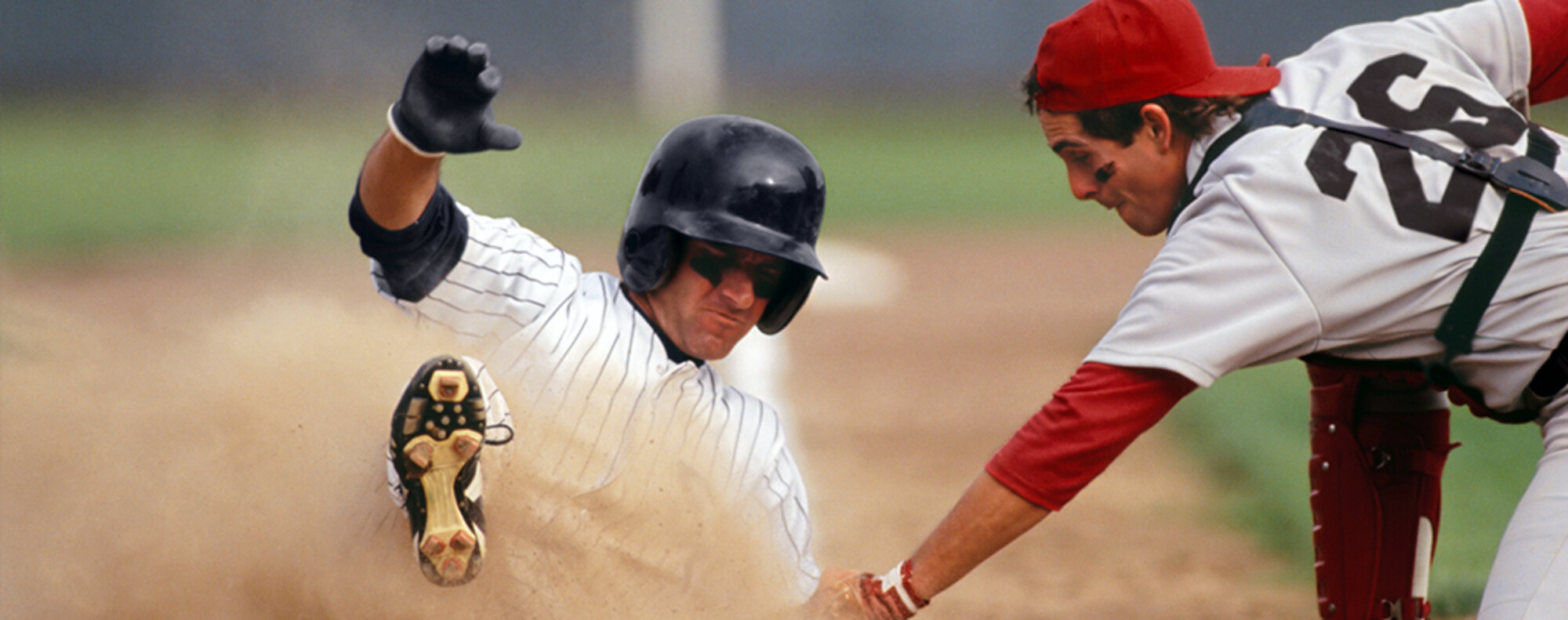Baseball Recruiting 101

High D1/ Elite JUCO Pitcher
Physical Measurables:
- As low at 84 MPH consistently and ranging to 95+
- 2 Additional pitches thrown to spots consistently
Stats:
- ERA below 2.00
- At least 1 K per IP
- Walk less than 1 batter per 2 IP
Coach Keys:
The first thing a coach at this level will look for when evaluating a pitcher is fastball velocity. Prototypical Division I pitching recruits throw anywhere between 87 and 95 MPH on a consistent basis. It is important to remember that coaches are looking for pitchers to consistently throw at this velocity, not just touch it every once and awhile. While velocity is very important in evaluation, for an elite pitcher, command and control are also factors that determine if a recruit can play at this level. Top pitchers must also display command of at least 3 pitches. Having a great fastball will only get a pitcher at this level so far, so having a repertoire of three or four pitches gives the pitcher the ability to keep hitters off balance.
Pitch movement will also be important for pitchers with aspirations to compete at the highest levels. Throwing a fastball at 87 MPH with a lot of movement can oftentimes be more effective than throwing a straight fastball at 90 MPH. In terms of statistics, elite pitching recruits have an ERA below 2.00, average at least one strikeout per inning, and walk less than one or less batters every two innings. On average, they have the ability to throw many innings, and most often they are only used on the mound and rarely as position players.
Lower D1/High D2/NAIA/Lower JUCO Pitcher
Physical Measurables:
- As low as 82 MPH consistently and ranging to 90+
- 1 additional pitch thrown to spots consistently
Stats:
- ERA below 3.00
- Around 1 K per IP
- Walk around 1 batter per 2 IP
Coach Keys:
While pitchers at these levels may not be as polished as the elite recruit, they definitely show the capability to pitch at a high level down the road. Pitchers in this category usually throw anywhere from the low 80s to high 80s in high school, and have the potential to gain more velocity down the road. Pitchers in this category will also have secondary pitches that can become "out pitches" with continued development and practice.
Lower NAIA/D2 Pitcher
Physical Measurables:
- Pitchers in this tier typically throw velocities of 77 MPH - 82 MPH
- These pitchers will have control of at least one off-speed pitch and be developing another.
Stats:
- ERA between 2.50-3.50
- Strikeout to walk ratio of 1:1
Coach Keys:
While pitchers in this tier are still developing arm strength and off-speed pitches, they can still control at least their fastball and one off-speed pitch. Movement on the fastball and off-speed pitches along with the ability to locate these pitches will be important.
D3/Community College Pitcher
Physical Measurables:
- Velocities for recruits for these programs really varies, but recruits usually have success with a fastball and are working on a secondary pitch or are more of a "junk pitcher" in high school
Stats:
- 1 or less than 1 K per Inning Pitched
- ERA below 4.00
Coach Keys:
Pitchers at this level still have development left to go. They may have not had the highest level of success on the mound in high school, but have a strong desire and work ethic to continue to improve. Pitching is always in need at any level and for these programs it’s no exception.
Connect with College Coaches now!
Click here